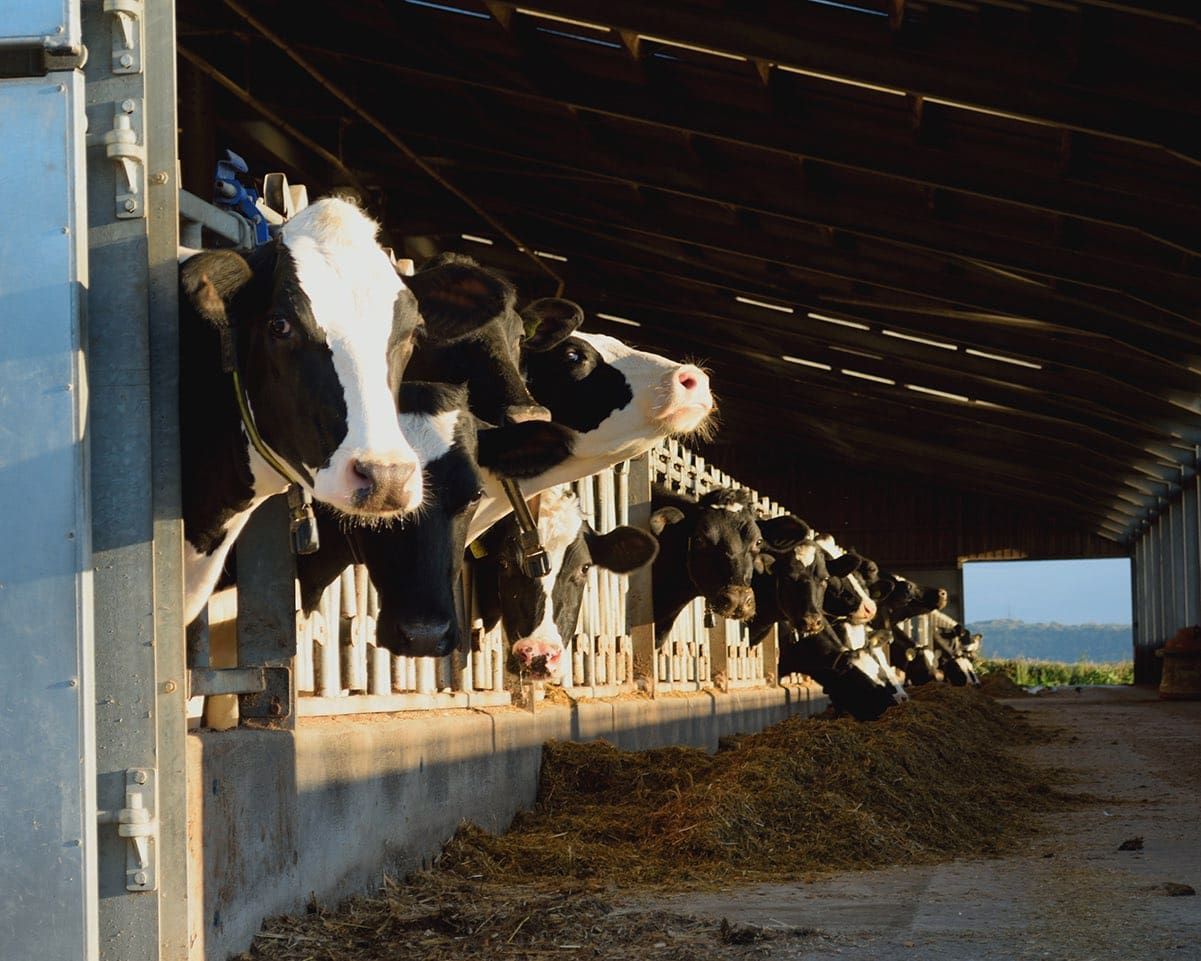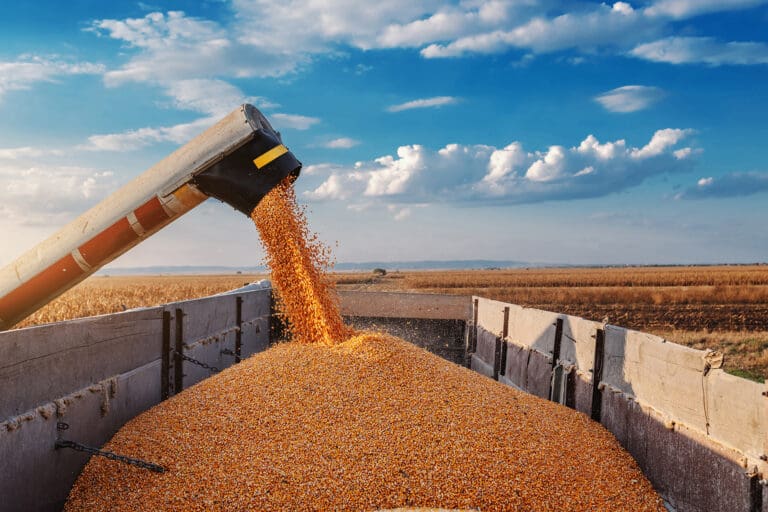The unexpected: imports and U.S. cattle supply
The last couple of years the beef markets have been largely driven by the narrative of a tightening cattle supply in the United States, but this cycle has not acted in similar fashion to previous cycles. There is a combination of factors that have allowed this cycle to break away from historical norms, the largest contributing factor being the supplement of domestic herds with beef cattle being imported into the states to be finished. Through July, Canada and Mexico have exported 1.3 million head of cattle into the United States. The last time the United States imported these many cattle was back in 2012. Year to date, imports of cattle are up approximately 19% from year-ago levels. This combined with cheap feed costs have cattle weights approaching record highs again, putting more tonnage onto the market during a period where beef demand typically finds a lull.
Korea poised for early activation of safeguard mechanism on Australian beef amid US supply
Korea is likely to activate its Special Agricultural Safeguard (SSG) on Australian beef earlier than expected, possibly by late October or early November 2024. This would raise tariffs on Australian beef imports from 10.6% to 24.0% once the safeguard limit of 188,437 metric tonnes (mt) is surpassed. By August 2024, Korea had imported 145,264 mt of Australian beef, leaving 43,173 mt before triggering the safeguard.
Meanwhile, US beef imports to Korea have dropped sharply due to a shrinking herd, with year-to-date (YTD) imports down 13.4% (-24,212 mt) to 156,194 mt. The supply squeeze has allowed Australia to become Korea’s top beef supplier for the first time since 2018, despite facing a higher tariff under the Korea-Australia Free Trade Agreement (KAFTA) compared to the US tariff under the US-Korea Free Trade Agreement (KORUS FTA).
Squid landings and imports are on the decline across multiple regions
The squid market is currently experiencing a challenging period, with landings and imports showing varying trends across different regions. Peru has seen significant difficulties, with a sharp decline in squid landings for the first half of the year compared to the same period last year. This reduction in catch has led smaller processing plants to shift their operations toward other species like cuttlefish and skipjack.
U.S. imports of squid from Peru, while not as steep a drop as overall landings, have also seen noticeable declines. Year-to-date imports and the most recent data reflect a broader contraction in supply from this major squid-producing region. This decrease is expected to affect market dynamics in the coming months, with supply shortages potentially leading to tighter inventories and price changes.
Domestically, the U.S. longfin (loligo) squid sector is also facing significant shortfalls in landings compared to last year. Despite a quota set by NOAA and the Mid-Atlantic Fishery Management Council, current landings are considerably lower, indicating a substantial reduction in domestic supply.
In Argentina, illex squid has not experienced as severe a decline in overall landings as Peruvian Gigas or U.S. longfin squid. However, there have been some challenges, particularly with the timing of landings. While strong catches were recorded last year in the summer months, this year saw those peaks earlier in the season. Despite these fluctuations, pricing has remained relatively stable in the U.S., supported by inventories brought in earlier in the year.
Overall, the squid market is grappling with supply constraints across multiple regions, which may shape market conditions and availability in the near term.
For further insights, please watch our most recent red meat webinar replay.



